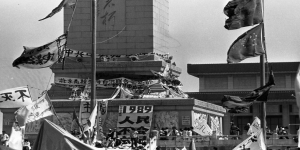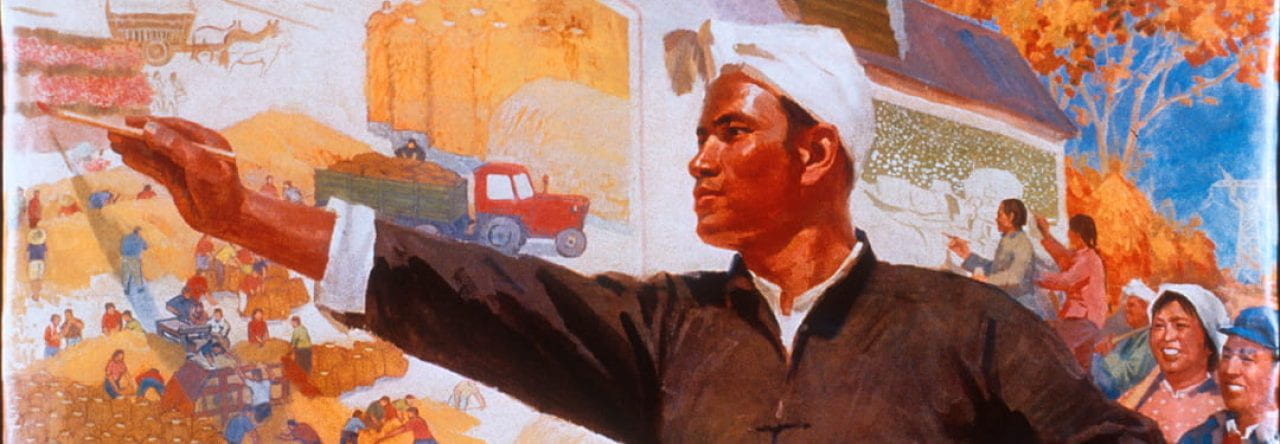As is the case throughout all of human history, the victors write the narrative. As the Chinese Communist Party (CCP) came to power, in the years following the Second World War those who held prominent political positions sought ways to display the strength of their followers while validating their message, showing the CCP as the proper heir to a long line of dynastic succession in China (Hung, 242). In my art exhibition, I would like to explore how the Monument to the People’s Heroes successfully validated the Chinese Communist Party and sought to tell a correct version of Chinese history. When the Monument to the People’s Heroes was proposed, there were a total of ten historical events that were suggested to be shown on the monument, as well as others that were heavily considered. In the end, the decision was made that the Boxer Rebellion, the Battle of Pingxing, the Long March, and Mao’s Yan’an Talks would not be displayed on the monument as they were “single events… [rather than being] comprehensive in scope” (Hung, 245). The chosen moments that would be displayed on the monument looked to unite the populace of China, reminding them of monumental moments where the people held the future of their nation in their hands. Therefore, there is a need to focus on and examine the chosen moments which are represented in the bas-reliefs. It was this underlying message that would validate a communist government.
In this art exhibition, I hope to illuminate and place the Monument to the People’s Heroes in the time it was created. As planning for the monument began during the initial years of the People’s Republic of China in 1952, there is a need to understand the social and political climate of China in the 1950s. As the CCP looked to construct a cohesive narrative about China’s past struggles, it is certain that there is no better place to begin this task than with a public monument. With the Monument to the People’s Heroes being a true piece of public art, with anyone who was in Tiananmen Square able to view it, a cohesive narrative could be created and delivered to the populace. Especially as the monument influenced the further development of Tiananmen Square and was the witness to the following social events that occurred in this area, there is a need to understand the beginning of this evolution of China’s socialist architecture.

The People Will Never Forget 1989. Photography by Liu Jian. The Wall Street Journal. (https://www.wsj.com/articles/tiananmens-survivors-and-the-burden-of-memory-11559295001).
Citations:
Hung, Chang-tai. Mao’s New World: Political Culture in the Early People’s Republic. Ithaca: Cornell University Press, 2011.


Leave a Reply
You must be logged in to post a comment.